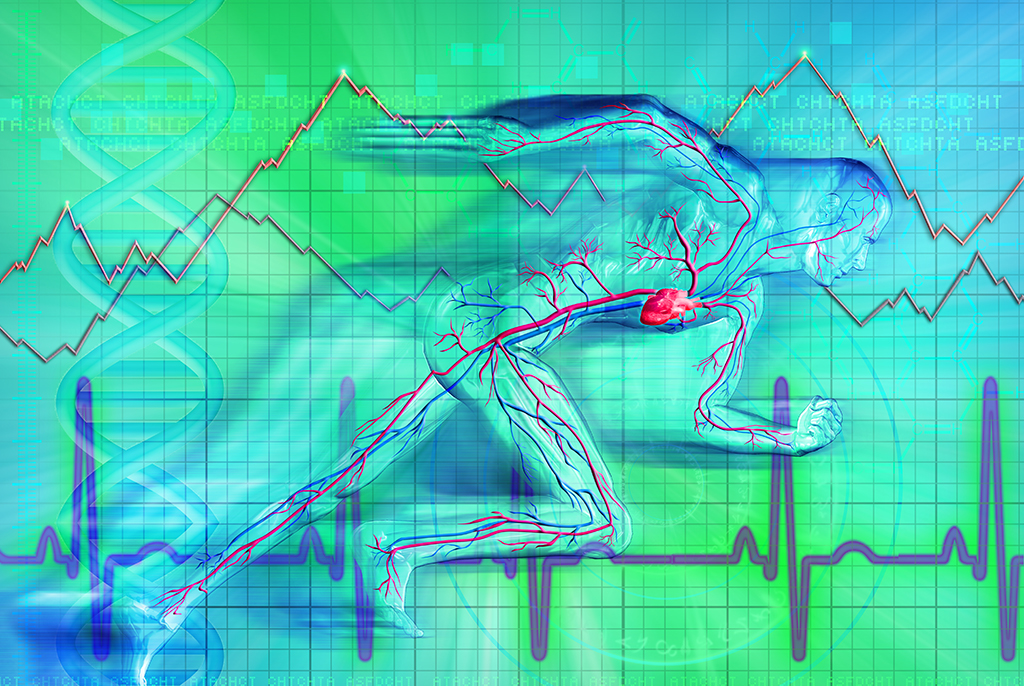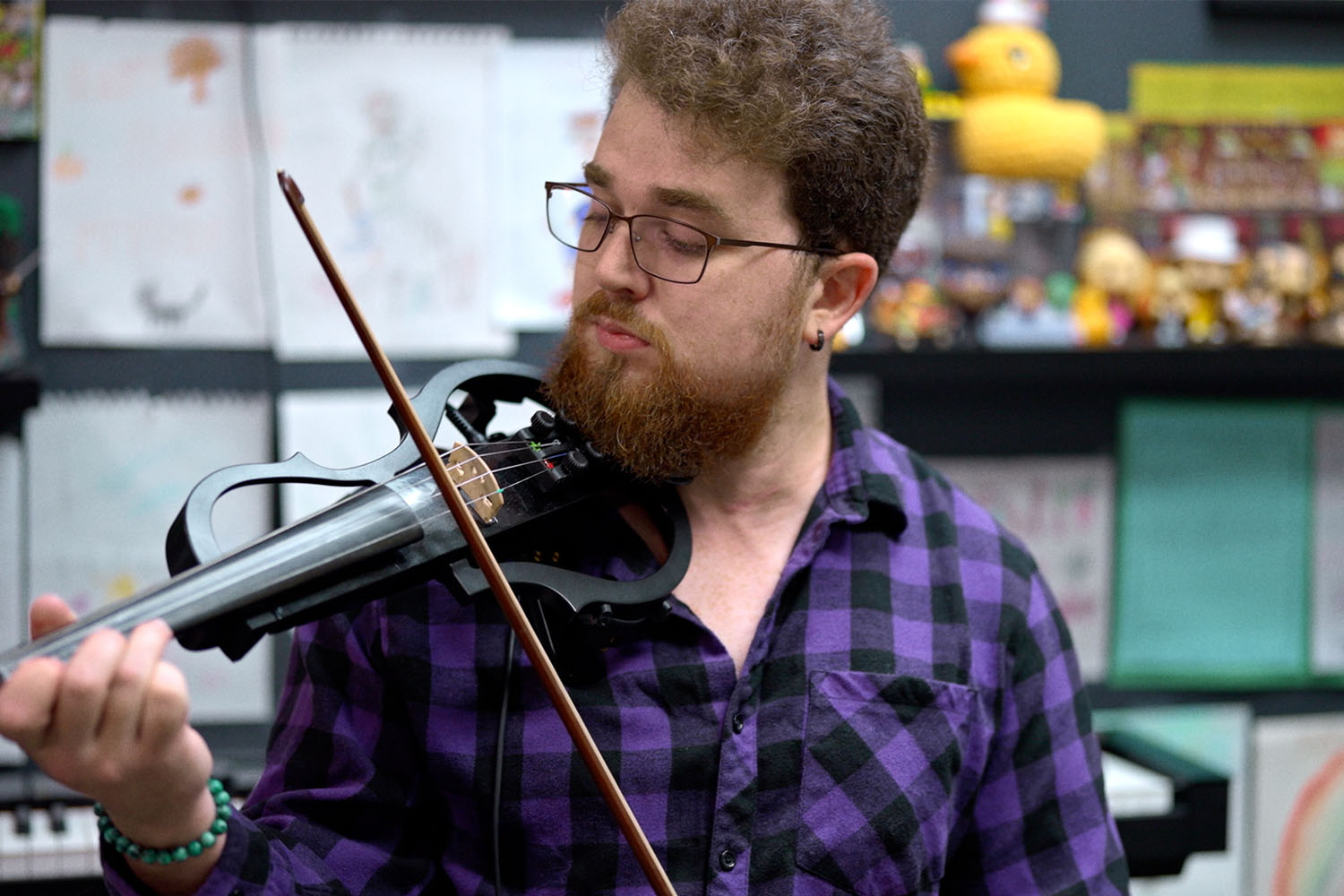In observance of heart health month in February, we continue to highlight related success stories. In a recent incident, a young man in his 30s was playing pickup hockey in West Hartford when he collapsed at the rink. He received immediate bystander CPR and defibrillation from a public access defibrillator. By the time EMS arrived, he was alert and talking. He was then brought to UConn John Dempsey Hospital.
This case is a great example of the American Heart Association’s “Chain of Survival” system working as designed. The five links in the adult out-of-hospital Chain of Survival include: recognition of cardiac arrest and activation of the emergency response system, early cardiopulmonary resuscitation (CPR) with an emphasis on chest compressions, rapid defibrillation, basic and advanced emergency medical services, and advanced life support and post-cardiac arrest care.
Through quick action and having access to the right resources, the patient was ensured a more positive outcome. Dr. Peter Schulman, the cardiologist who treated him initially, confirmed that the patient has right ventricular cardiomyopathy, which caused his cardiac arrest. Dr. Heiko Schmitt handled his follow-up care, and indicates that he continues to do well.
The bystander heroes who did CPR, the town hockey rink that had an AED available, the town of West Hartford’s system that works to ensure availability of AEDs, and the patient care administered at UConn Health all came together to ensure good results.



